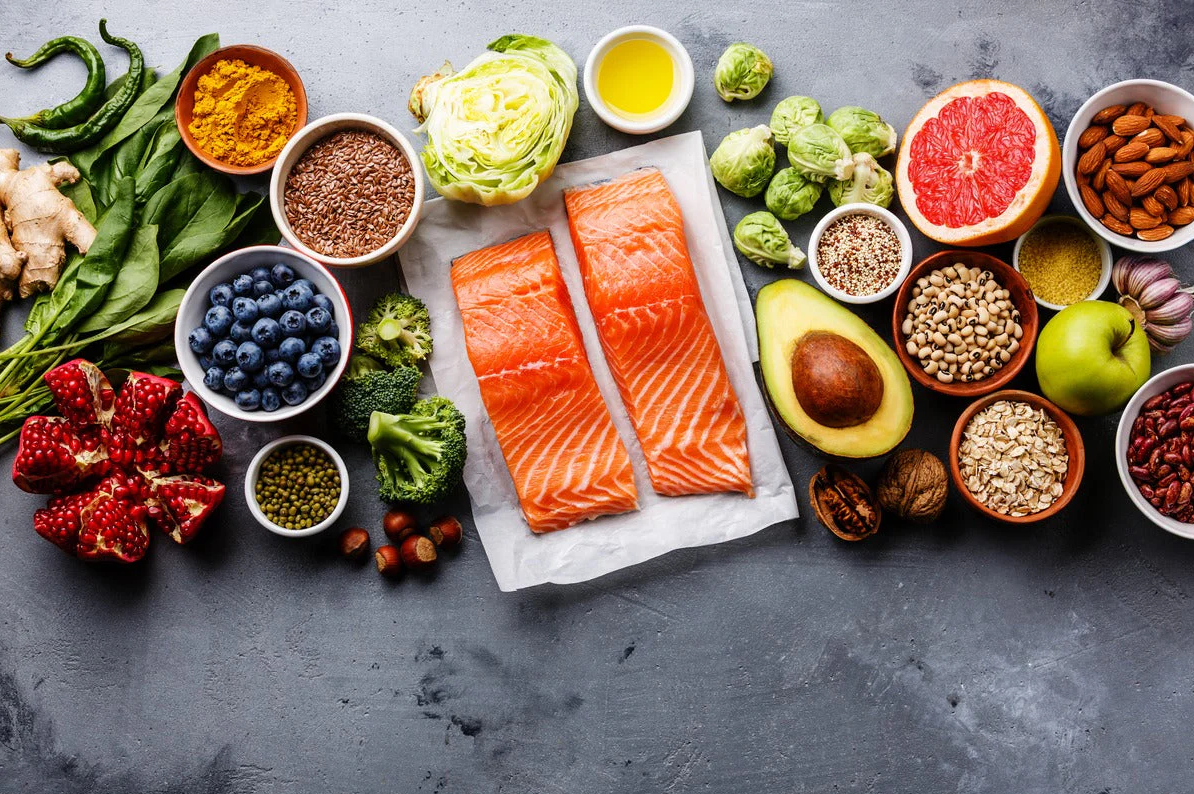
The Truth About Superfoods: What You Should Really Be Eating
The term “superfood” has become a buzzword in the world of health and nutrition. Walk through any grocery store and you’ll see labels promising all kinds of benefits—better energy, glowing skin, weight loss, and even disease prevention. From chia seeds to acai berries, these foods are often marketed as nutritional powerhouses that can transform your health.
But is the hype real? Are superfoods really that “super”? And more importantly—what should you actually be eating for long-term health?
Let’s break down the facts and uncover the truth about superfoods.
What Is a Superfood, Really?
Technically, there’s no official scientific definition for “superfood.” It’s a marketing term used to describe foods that are particularly high in nutrients like vitamins, minerals, antioxidants, and healthy fats.
Most so-called superfoods are natural, whole foods—think berries, leafy greens, nuts, seeds, and oily fish—that offer health benefits when included as part of a balanced diet. But despite their nutritional value, no single food holds the key to perfect health.
The Marketing Myth
While some superfoods are incredibly nutritious, the problem arises when they’re promoted as miracle cures. Just because a food is labeled a superfood doesn’t mean you should rely on it exclusively.
Take acai berries, for example. They’re high in antioxidants and taste great in smoothies, but they won’t cancel out the effects of a poor diet or lifestyle. Similarly, chia seeds are packed with omega-3s and fiber—but sprinkling them on sugary yogurt won’t make it healthy.
The bottom line: It’s about your overall eating habits, not one magical ingredient.
Superfoods That Deserve the Spotlight
While we shouldn’t get caught up in the hype, there are some foods that truly earn their “super” reputation based on their impressive nutritional profiles:
Berries
Blueberries, strawberries, and raspberries are loaded with antioxidants, vitamins, and fiber. They help fight inflammation, improve heart health, and support brain function.
Cruciferous Vegetables
Broccoli, kale, Brussels sprouts, and cauliflower are rich in fiber, vitamin C, and cancer-fighting compounds called glucosinolates.
Fatty Fish
Salmon, mackerel, and sardines are great sources of omega-3 fatty acids, which are essential for brain and heart health.
Nuts and Seeds
Almonds, walnuts, flaxseeds, and chia seeds offer healthy fats, protein, and fiber—all key to supporting energy levels and reducing inflammation.
Sweet Potatoes
Packed with fiber, beta-carotene (vitamin A), and potassium, sweet potatoes help support immune function and promote steady energy.
Green Tea
This ancient drink is rich in catechins, a type of antioxidant linked to improved metabolism and reduced risk of chronic disease.
What You Really Should Be Eating
Instead of chasing trendy ingredients or expensive powders, focus on eating a wide variety of whole, minimally processed foods. A balanced diet full of color and variety will always outperform a single “super” item.
Here are a few principles to follow:
- Eat the rainbow: Include fruits and vegetables in different colors to get a mix of vitamins and antioxidants.
- Choose whole grains: Brown rice, oats, quinoa, and whole wheat provide fiber and sustained energy.
- Stay hydrated: Water supports every function in the body—don’t underestimate it!
- Limit ultra-processed foods: These are often high in sugar, unhealthy fats, and additives that can harm your health over time.
- Practice moderation: Even healthy foods can become unhealthy when over-consumed. Balance is key.
Final Thoughts
Superfoods aren’t magic bullets, but they can play a valuable role in a well-rounded diet. The real secret to health isn’t in exotic berries or ancient grains—it’s in the simple, consistent choices you make every day.
Instead of looking for the next trendy health fad, aim for sustainable habits: eat real food, cook more often, and listen to your body. That’s the kind of “super” lifestyle that leads to long-term wellness.
